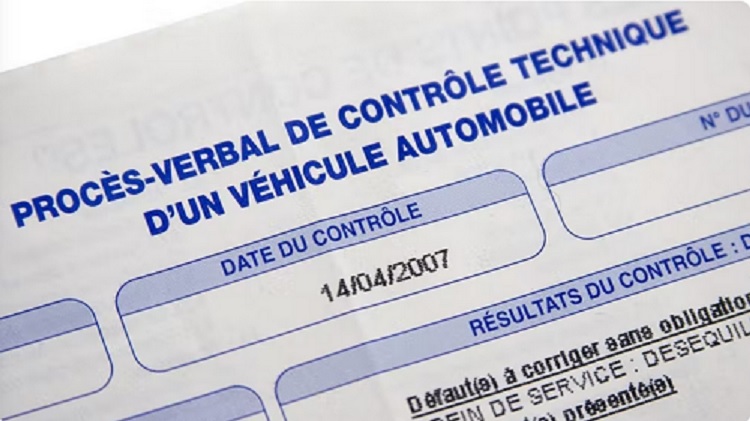
Vehicle Inspection Tests in France
31st July 2022
Last year, 20% of vehicles in France failed their vehicle inspection (MOT) test.
…
To read the article you need take out a Premium Subscription to France Insider.
A premium subscription will also give you unrestricted access to the complete back catalogue of our articles.
Want to read the full issue?
